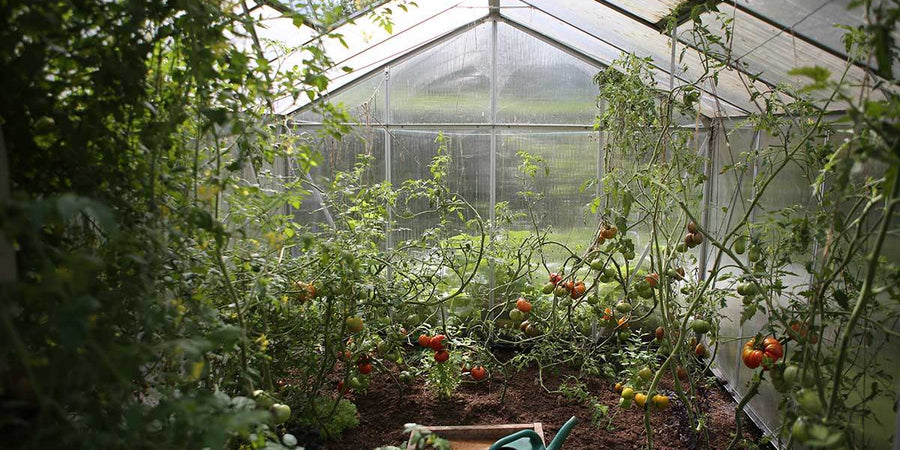Tomatoes are a popular and versatile garden crop that can be grown in many different regions and climates. Companion planting is a great way to help your tomato plants thrive and produce a bountiful harvest.
Throughout this article, we have explored some of the best companion plants for tomatoes, including basil, marigolds, and carrots. These plants can help to repel pests, attract beneficial insects, and provide necessary nutrients to your tomato plants.
It is important to note that not all companion plants will work well with every tomato variety or in every garden setting. It is always a good idea to do your research and experiment with different combinations to find the best companions for your specific needs.
By incorporating companion plants into your tomato garden, you can create a healthy and thriving ecosystem that benefits all of your plants. Happy planting!
So there you have it, 20 different types of companion plants that will help to produce the best tomato crops using totally natural pest deterrents.
Here are our final tips for successful companion planting with tomatoes:
- Plant basil near your tomatoes to help repel pests such as aphids, whiteflies, and tomato hornworms. Basil also improves the flavor of tomatoes.
- Plant marigolds near your tomatoes to help repel nematodes, which can damage tomato roots. Marigolds also attract beneficial insects such as ladybugs and lacewings.
- Plant onions near your tomatoes to help deter pests such as aphids, thrips, and spider mites.
- Avoid planting tomatoes near members of the nightshade family, such as peppers and eggplants, as they can attract the same pests and diseases.
- Rotate your tomato crops each year to prevent the buildup of soil-borne diseases.
- Plant tomatoes in soil that has been amended with compost or other organic matter to improve soil fertility and drainage.
- Water your tomatoes deeply and regularly, but avoid getting the leaves wet to prevent the spread of diseases.
By following these tips, you can help ensure that your tomato plants are healthy and productive, while also creating a diverse and thriving garden ecosystem.




